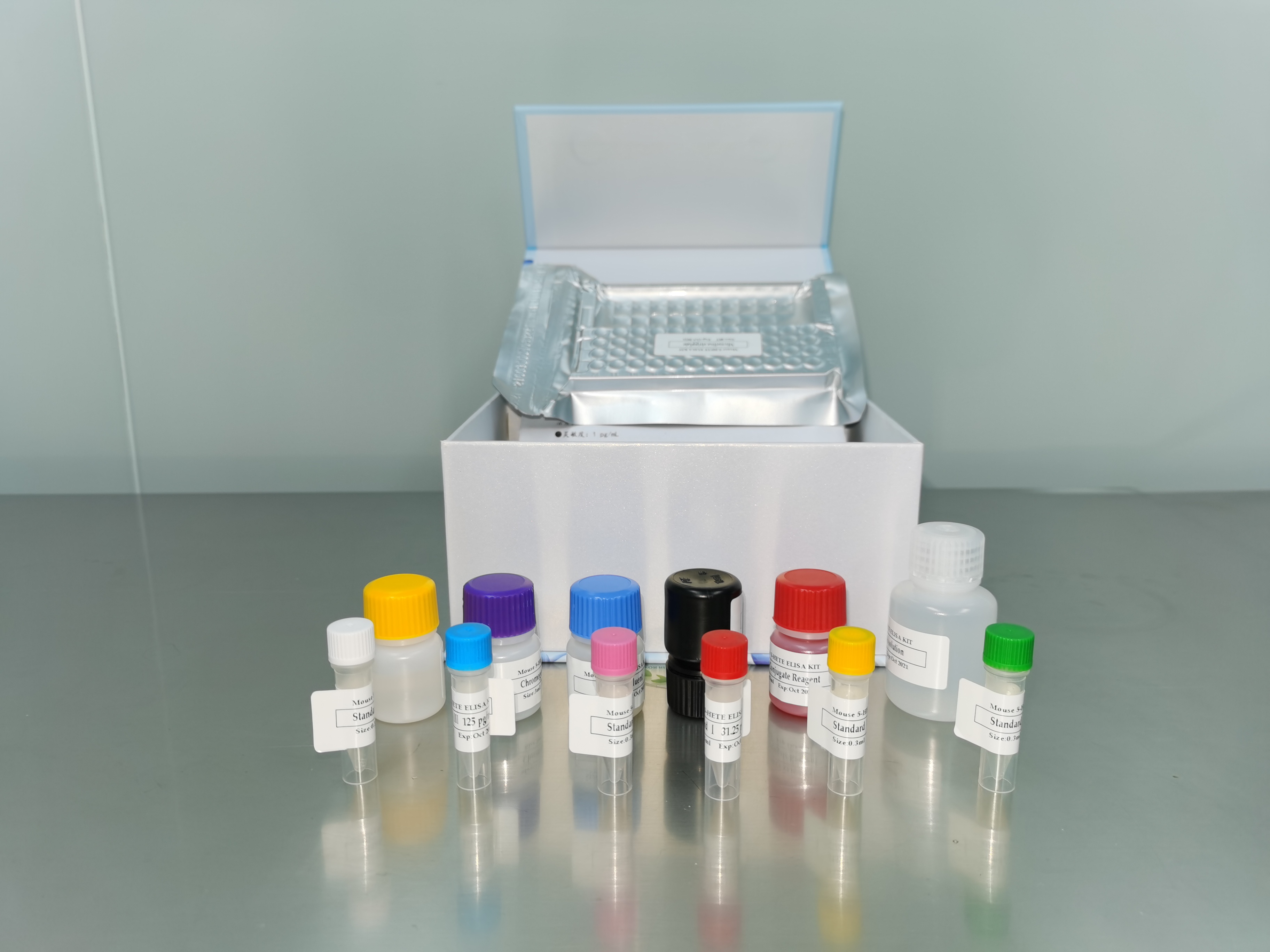| 产品名称: |
Acanthamoeba sp. |
| 商品货号: |
TS136627 |
| Deposited As: |
Acanthamoeba sp. |
| Strain Designations: |
CDC:V221 |
| Biosafety Level: |
2
Biosafety classification is based on U.S. Public Health Service Guidelines, it is the responsibility of the customer to ensure that their facilities comply with biosafety regulations for their own country. |
| Isolation: |
Skin tissue |
| Product Format: |
frozen |
| Storage Conditions: |
Frozen Cultures:
-70°C for 1 week; liquid N2 vapor for long term storage
Freeze-dried Cultures:
2-8°C
Live Cultures:
See Protocols section for handling information |
| Genotype: |
T4 |
| Medium: |
ATCC® Medium 712: PYG w/ Additives
|
| Growth Conditions: |
Temperature: 25°C Culture System: Axenic |
| Cryopreservation: |
Harvest and Preservation
- To achieve the best results, set up cultures with several different inocula (e.g. 0.25 mL, 0.5 mL, 1.0 mL). Harvest cultures and pool when the culture that received the lowest inoculum is at or near peak density.
- If the cell concentration exceeds the required level, do not centrifuge, but adjust the concentration to between 2 x 106 and 2 x 107 cysts/mL with fresh medium. If the concentration is too low, centrifuge at 600 x g for 5 min and resuspend the pellet in the volume of fresh medium required to yield the desired concentration.
- While cells are centrifuging, prepare a 15% (v/v) solution of sterile DMSO as follows: Add the required volume of DMSO to a glass screw-capped test tube and place it in an ice bath. Allow the DMSO to solidify. Add the required volume of refrigerated medium. Dissolve the DMSO by inverting the tube several times.
*NOTE: If the DMSO solution is not prepared on ice, an exothermic reaction will occur that may precipitate certain components of the medium.
- Mix the cell preparation and the DMSO in equal portions. Thus, the final concentration will be between 106 and 107 cells/mL and 7.5% (v/v) DMSO. The time from the mixing of the cell preparation and DMSO stock solution before the freezing process is begun should be no less than 15 min and no longer than 60 min.
- Dispense in 0.5 mL aliquots into 1.0 - 2.0 mL sterile plastic screw-capped cryules (special plastic vials for cryopreservation).
- Place the vials in a controlled rate freezing unit. From room temperature cool at -1°C/min to -40°C. If the freezing unit can compensate for the heat of fusion, maintain rate at -1°C/min through the heat of fusion. At -40°C plunge into liquid nitrogen. Alternatively, place the vials in a Nalgene 1°C freezing apparatus. Place the apparatus at -80°C for 1.5 to 2 hours and then plunge ampules into liquid nitrogen. (The cooling rate in this apparatus is approximately -1°C/min)
- The frozen preparations are stored in either the vapor or liquid phase of a nitrogen freezer.
- To establish a culture from the frozen state, place an ampule in a water bath set at 35°C (2-3 min). Immerse the vial just sufficiently to cover the frozen material. Do not agitate the vial.
- Immediately after thawing, aseptically remove the contents of the ampule and inoculate into 5 mL of fresh ATCC medium 712 in a T-25 tissue culture flask or plastic 16 x 125 mm screw-capped test tube. Incubate at 25°C.
|
| Name of Depositor: |
GS Visvesvara |
| Chain of Custody: |
ATCC
|
| References: |
Sriram R, et al. Survival of Acanthamoeba cysts after desiccation for more than 20 years. J. Clin. Microbiol. 46: 4045-4048, 2008. PubMed: 18923013
Booton GC, et al. Identification and distribution of Acanthamoeba species genotypes associated with nonkeratitis infections. J. Clin. Microbiol. 43: 1689-1693, 2005. PubMed: 15814986
|


